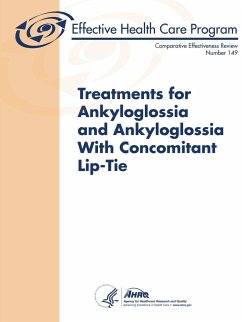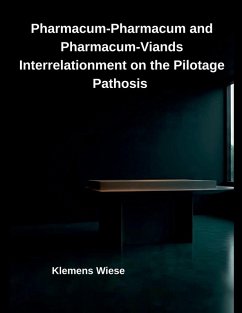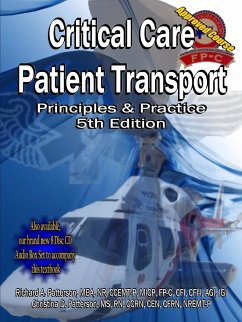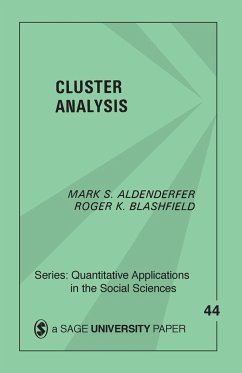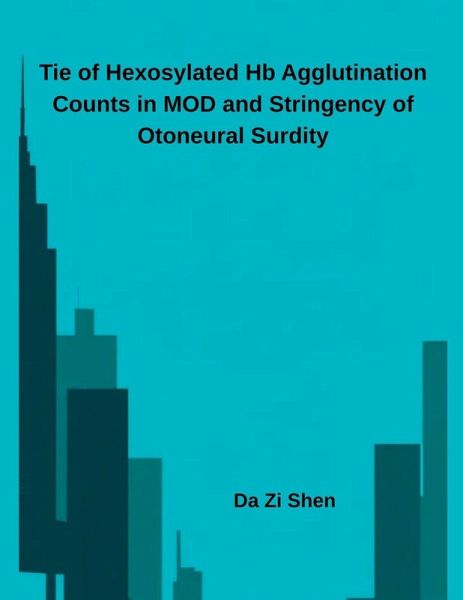
Tie of Hexosylated Hb Agglutination Counts in MOD and Stringency of Otoneural Surdity
Versandkostenfrei!
Versandfertig in 1-2 Wochen
26,99 €
inkl. MwSt.

PAYBACK Punkte
13 °P sammeln!
Diabetes Mellitus is the single most important metabolic disease which can affect nearly every organ system in the body. According to the International Diabetes Federation, the prevalence of diabetes mellitus in India is estimated to be 77 million (8.9%) and is estimated to reach 134.2 million by the year 2045. It occurs because of partial or complete reduction of insulin levels which results in increased levels of blood glucose in association with long term complications which may be vascular or neurological. In addition, it affects metabolism of l ipids and proteins. Among the metabolic diso...
Diabetes Mellitus is the single most important metabolic disease which can affect nearly every organ system in the body. According to the International Diabetes Federation, the prevalence of diabetes mellitus in India is estimated to be 77 million (8.9%) and is estimated to reach 134.2 million by the year 2045. It occurs because of partial or complete reduction of insulin levels which results in increased levels of blood glucose in association with long term complications which may be vascular or neurological. In addition, it affects metabolism of l ipids and proteins. Among the metabolic disorders of glucose, diabetes is found commonly related to auditory disorders. The physiological basis of type 2 diabetes mellitus is a combined form of both impairment of beta cell function, with significant raise in peripheral levels of insulin resistance at the levels of receptor and post receptor. Diabetic patients are more prone to complications of hyperglycemia, as all body cells are exposed to high levels of plasma glucose.



